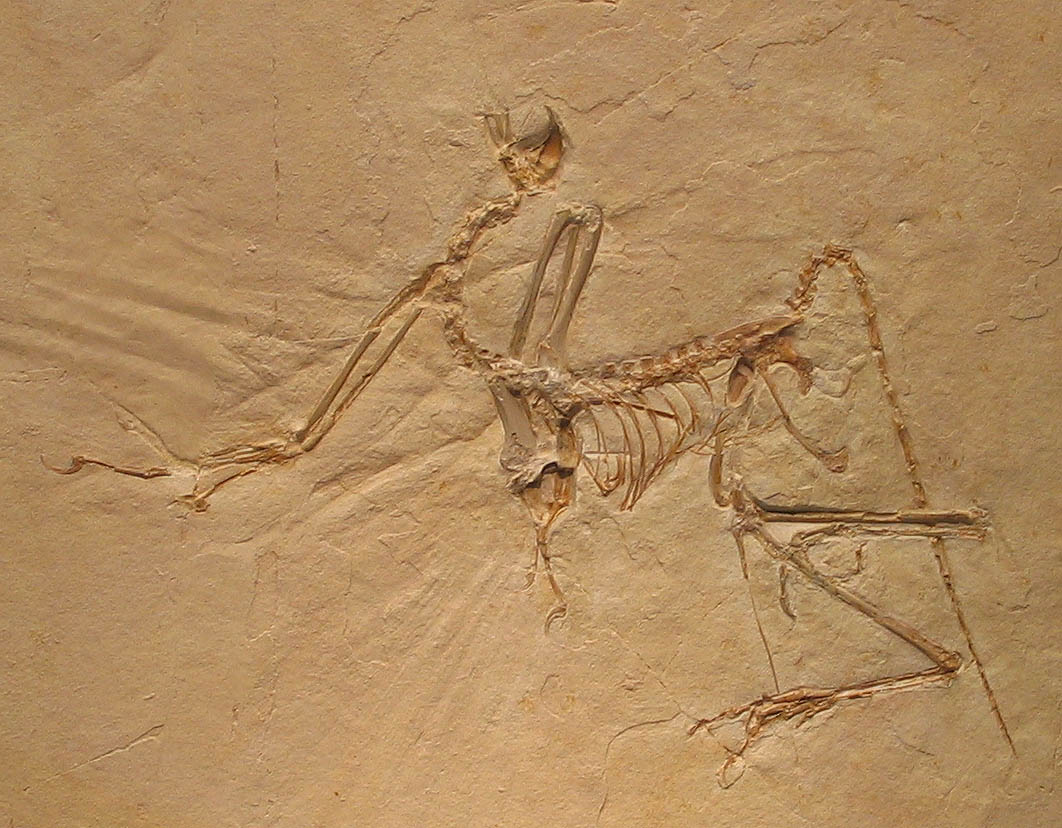
Birds are modern dinosaurs. In the news recently was a study by China’s Institute for Vertebrate Paleontology which found the first clear evidence of dinosaur coloration from a 125-million-year-old fossil called Sinosauropteryx, an orange bird-like dinosaur with white tail stripes. More and more fossils of birds and bird-like ancestors are being found which demonstrate a clear evolutionary link between dinosaurs and modern birds. Birds appear to be today’s dinosaurs.
Via my website, ornitholo.wpenginepowered.com , I have been asked why one doesn’t see many dead birds on the street, sidewalk, and around the house since birds are seemingly everywhere. Well, most birds are very light, thin-skinned, hollow-boned, with little fat. They are basically bags of protein and minerals and are decomposed quite quickly by flesh-eating beetles and bacteria. Birds are hit by cars as are raccoons and skunks, but a skunk will lie on the road for days until the vultures come along, but a bird will disappear quickly. Over eons of time, creatures have died in situations that led to their fossilization. Those corpses are covered by sediment and transformed into fossils over many years. But because birds decompose rapidly and because they float, they do not easily fossilize.
The most famous bird fossil is Archeopteryx lithographica, (meaning “ancient wing”) which was found in a Bavarian limestone quarry, limestone being used in lithography. There have been several Archeopteryx fossils found but the one pictured here is the most complete and resides in the British Natural History Museum in London. The earliest bird ancestors lived 250 million years ago; Archeopteryx lived about 150 million years ago and is an excellent example of a transitional animal between reptiles (dinosaurs) and birds. It had teeth, a long bony tail, abdominal ribs, claws and several other reptilian features. But it had distinct, well-developed feathers and looked very birdlike. It also had characteristics that both birds and reptiles share today such as scales, and similar bones of the ear, jaw, and pelvis. It probably did not fly, but glided.
You may remember the old film, One Million Years BC, in which a pterodactyl carried off the scantily clad Raquel Welch. Recent studies have indicated that pterodactyls large enough to do that (some were the size of small airplanes) were just too big to fly. The smaller pterodactyls, some small enough to perch on your finger, probably could fly, but they were not the ancestors of birds.
Like many scientific issues, it often takes many years to collect enough data to explain what we observe or what happened in the past and we will eventually determine the exact routes to bird evolution. Presently there are 10,000 known bird species; an estimated 130 of those have become extinct since 1500, an extinction rate of roughly one species every four years. But considering the changes in the environment, it is now estimated that 12% of living bird species will be extinct by the end of this century- that’s 1200 in 100 years, or one species per month on average! The original dinosaurs went extinct of course, but without human help, and over a much longer period of time.
This is such an interesting article. I was wondering of a ornithologists point of view. I’ve been fascinated with avian-dinosaurs (birds), especially birds like Brontornis, Pelagornis, and Qianshanornis. And its coming to mind that birds are becoming cool animals. While birds and crocodiles are the last lineage of Archosaurs. I’ll love to see Ornithologists, Paleontologists, and Herpetologists come together to work and study more of this. 🙂